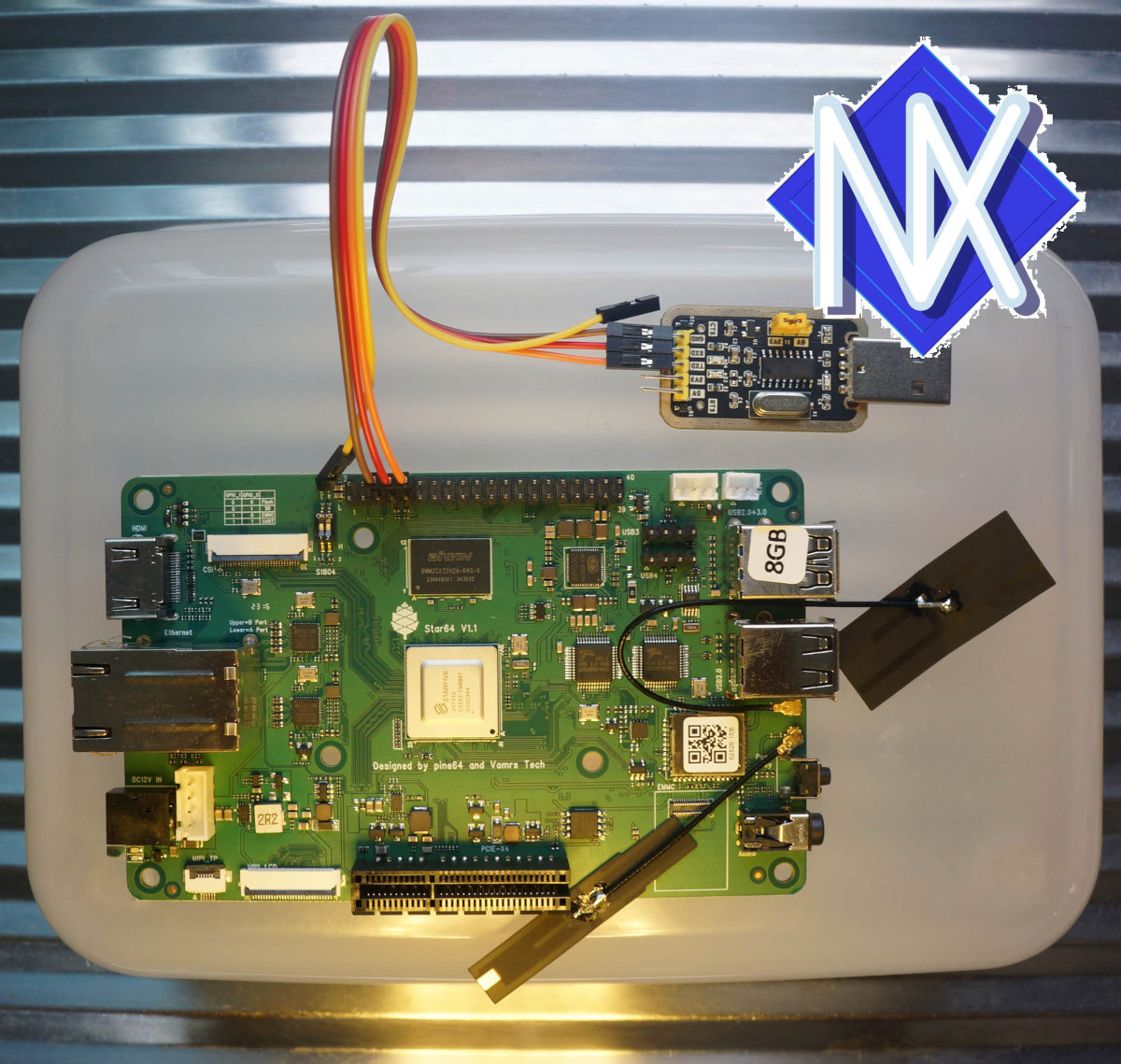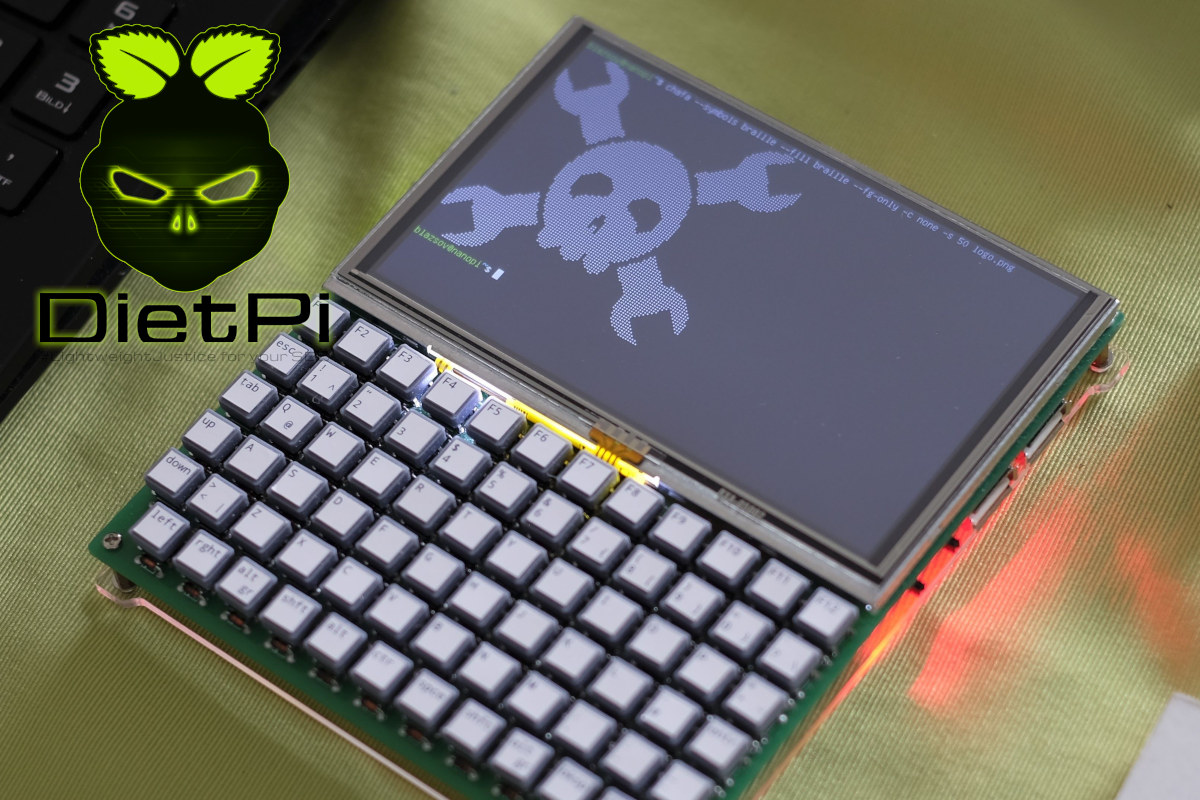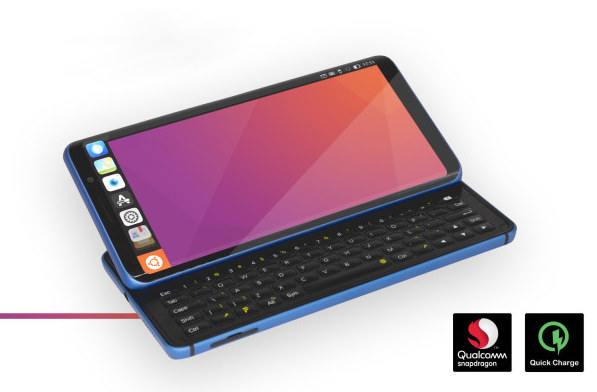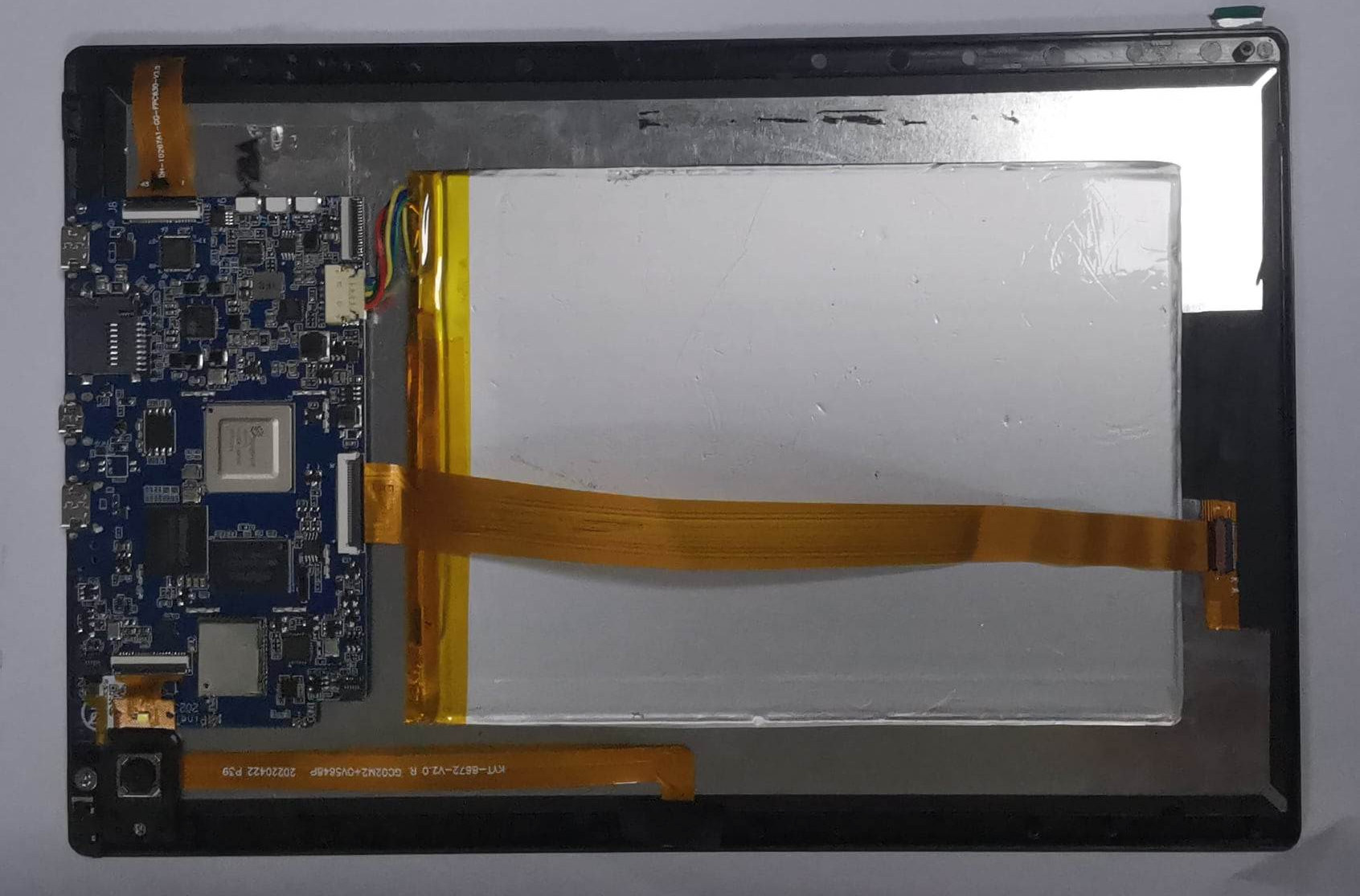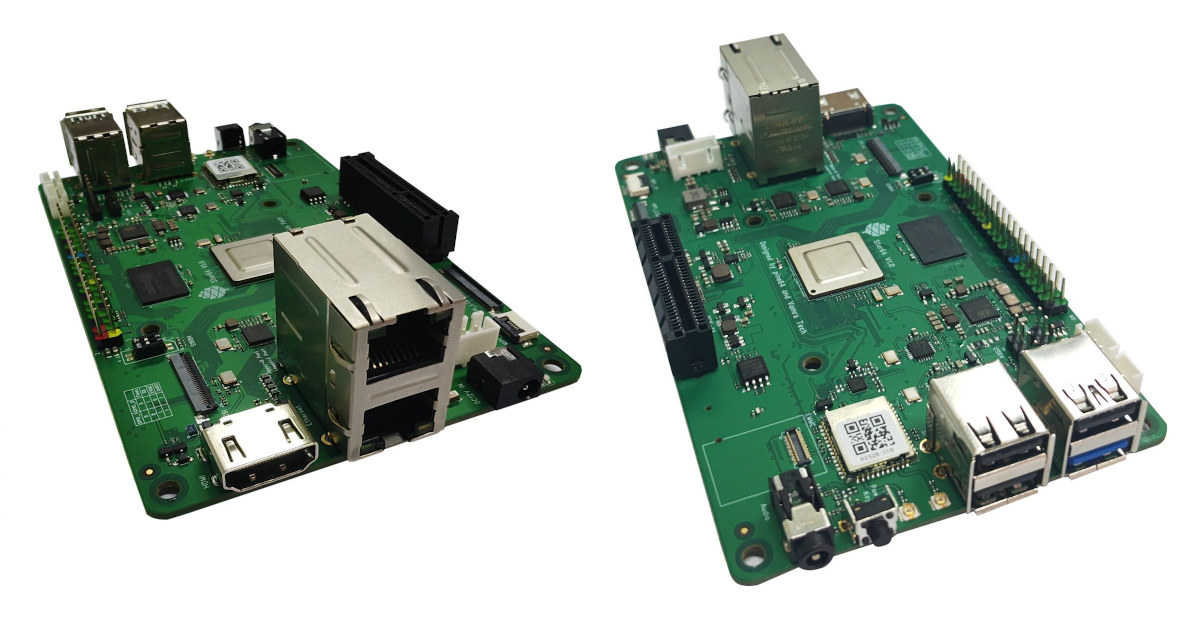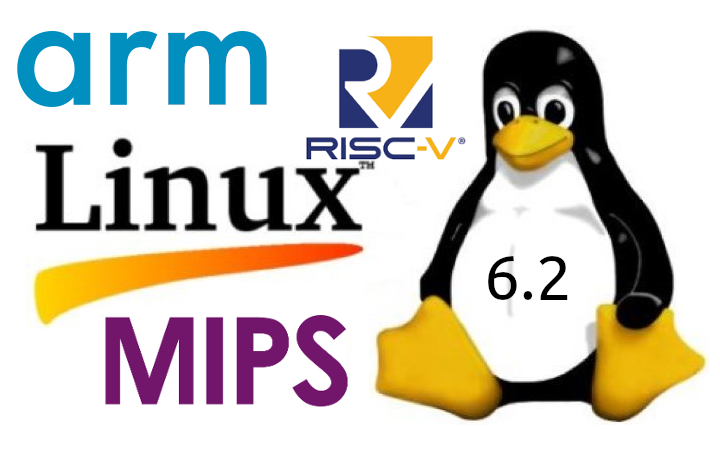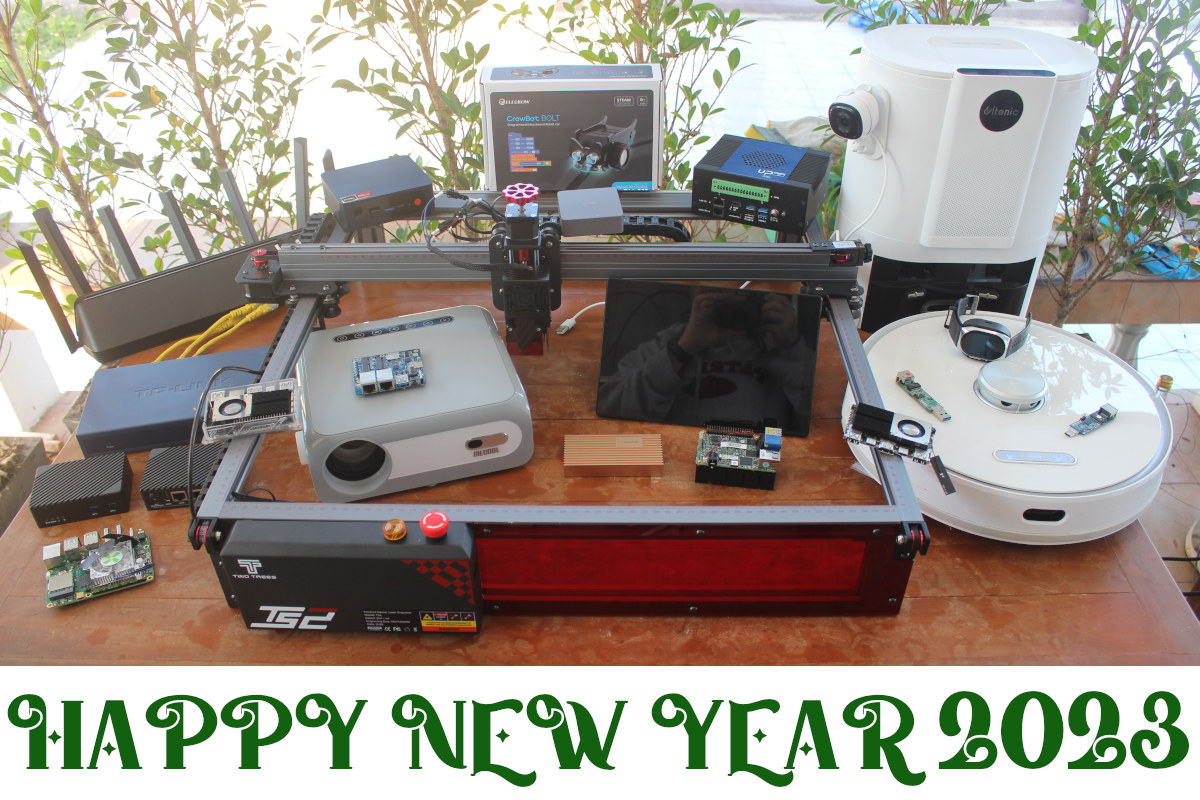UBPorts has just released Ubuntu Touch 20.04 OTA-3 based on Ubuntu 20.04 LTS with the latest security updates and beta support for PinePhone, PinePhone Pro, PineTab, and PineTab 2, adding to the smartphones already supported by Ubuntu Touch 20.04 OTA-2. As a reminder, Ubuntu Touch was initially handled by Canonical for desktop/mobile convergence, but it was dropped when the company decided to refocus its efforts on cloud and IoT, and the UBPorts community took over and eventually outed the first stable Ubuntu Touch release in June 2017. The developers kept on improving the OS since then with new releases from time to time, but note that it should still be considered experimental only for most devices, and will not be suitable as a daily driver for the majority of people. The PinePhone and PineTab have been supported by Ubuntu Touch for a few years, but they had their own branch […]
Star64 RISC-V SBC can now boot Apache NuttX real-time operating system
Most of the software development efforts on the more powerful RISC-V boards like Pine64 Star64 or StarFive VisionFive 2 have been focusing on Linux, but Lup Yuen Lee tried something different and managed to boot Apache NuttX real-time operating system on the StarFive JH7110-powered Star64 SBC. NuttX may not often make the news, but they are plenty of supported platforms, and we previously played with it on the Sony SPresense board, and reported about NuttX RTOS on ESP32, so it’s good seeing the open-source real-time operating system add support for the RISC-V architecture. [Update: RISC-V support was added many years ago, sometimes around 2016] The main trick to boot NuttX on the Star64 is to make U-boot think the NuttX kernel is the Linux kernel. That means a Linux image such as sdcard.img for the VisionFive 2 board will be used to get OpenSBIU and U-boot bootloaders, and the NuttX […]
DietPi News – v8.20 released, NanoPi Neo Air handheld Linux terminal
The latest DietPi v8.20 release of the lightweight Debian-based Linux distribution for SBCs and server systems was outed on July 29, 2023, and on a separate note, a DIY handheld Linux terminal based on the NanoPi Neo Air SBC and running DietPi has been found on the interwebs. DietPi v8.20 release The project team released the new DietPi v8.20 on July 29th, 2023 with the following highlights: Homebridge: New software package bringing Apple Homekit support Kernel updates for Pine64 Quartz64 – Linux 6.4.7 and enabled support for the NFS kernel server FriendlyELEC NanoPi R5S/R5C/R6S series – Linux 5.10.160 StarFive VisionFive 2 RISC-V SBC – Linux 5.15.123 WiFi Hotspot: Enhanced DHCP default settings Fixes and updates for DietPi-LogClear, DietPi-Dashboard, DietPi-LetsEncrypt, PaperMC, vaultwarden, etc… The full changelog can be found on the DietPi website and the source code is hosted on GitHub. NanoPi Neo Air handheld Linux terminal running DietPi While it’s […]
Ubuntu Touch 20.04 OTA-2 adds support for Fairphone 3, Volla Phone X23, F(x)tec Pro1 X smartphones
UBPorts has just released Ubuntu Touch 20.04 OTA-2 based on Ubuntu 20.04 with three new phones supported namely the Fairphone 3, the Volla Phone X23, and F(x)tec Pro1 X with the latter being introduced in 2020 in a crowdfunding campaign claiming Ubuntu Touch support. Ubuntu Touch was initially an initiative by Canonical for desktop/mobile convergence, but when the company decided to refocus its efforts on cloud and IoT, the UBPorts community took over and eventually outed the first stable Ubuntu Touch release in June 2017. Work has continued since then and with the Ubuntu Touch 20.04 OTA-2 release, the community-supported distribution now supports 15 smartphones with the Fairphone 4, Google Pixel 3a and 3a XL, Oneplus 5 and 5T, OnePlus 6 and 6T, Vollaphone and Vollaphone X, Vollaphone 22, Xiaomi Mi A2, Xiaomi Poco M3, Xiaomi Redmi Note 7 and 7 Pro, besides the three new mobile devices added to […]
PineTab-V RISC-V tablet devkit is based on StarFive JH7110 SoC, PineTab2 design
The PineTab-V is a RISC-V tablet, or rather a tablet development kit, based on StarFive JH7110 quad-core RISC-V SoC, and with the same design as the upcoming Arm-based PineTab2 tablet that’s scheduled to launch on April 11. Pine64 just launched the Star64 single board computer to help with software development on Linux-capable RISC-V hardware, and they took the opportunity to lay out a tablet board based on the same JH7110 to replace the Rockchip RK3566 board found in the PineTab2, so eventually, a working sample should look like that… PineTab-V preliminary specifications: SoC – StarFive JH7110 with CPU – Quad-core 64-bit RISC-V (SiFive U74 – RV64GC) processor @ up to 1.5 GHz GPU – Imagination BXE-4-32 GPU @ up to 600 MHz supporting OpenGL ES 3.2, OpenCL 1.2, Vulkan 1.2 VPU 4Kp60 H.265/H.264 video decoder 1080p30 H.265 video encoder System & Storage Option 1 – 4GB LPDDR4, 64GB eMMC flash […]
Pine64 Star64 SBC with StarFive JH7110 RISC-V SoC with GPU to launch for $69.99 and up
Pine64 Star64 is a single board computer (SBC) powered by StarFive JH7110 quad-core 64-bit RISC-V processor equipped with an Imagination BXE-4-32 GPU, and in a form factor similar to the earlier Pine64 model A boards such as the Quartz64 Model A. The Star64 SBC ships with either 4GB or 8GB of RAM, an HDMI 2.0 video output connector, two Gigabit Ethernet ports, a WiFi 6 and Bluetooth 5.2 module, USB 3.0 ports, a PCIe slot, and a GPIO header for expansion. Star64 specifications: SoC – StarFive JH7110 with CPU – Quad-core 64-bit RISC-V (SiFive U74 – RV64GC) processor @ up to 1.5 GHz GPU – Imagination BXE-4-32 GPU @ up to 600 MHz supporting OpenGL ES 3.2, OpenCL 1.2, Vulkan 1.2 VPU 4Kp60 H.265/H.264 video decoder 1080p30 H.265 video encoder System Memory – 4GB or 8GB LPDDR4 Storage – MicroSD card slot, eMMC flash module socket up to 128GB, 128Mbit […]
Linux 6.2 release – Main changes, Arm, RISC-V, and MIPS architectures
Linux 6.2 has just been released with Linus Torvalds making the announcement on LKML as usual: So here we are, right on (the extended) schedule, with 6.2 out. Nothing unexpected happened last week, with just a random selection of small fixes spread all over, with nothing really standing out. The shortlog is tiny and appended below, you can scroll through it if you’re bored. Wed have a couple of small things that Thorsten was tracking on the regression side, but I wasn’t going to apply any last-minute patches that weren’t actively pushed by maintainers, so they will have to show up for stable. Nothing seemed even remotely worth trying to delay things for. And this obviously means that the 6.3 merge window will open tomorrow, and I already have 30+ pull requests queued up, which I really appreciate. I like how people have started to take the whole “ready for […]
Year 2022 in review – Top 10 posts and statistics
It’s the last day of the year and the time to look at some of the highlights of 2022, some traffic statistics from CNX Software website, and speculate on what 2023 may bring us. The semiconductors shortage continued in 2022, but things are looking brighter in 2023 with the full reopening of the world mixed with forecasts of difficult economic times that should keep the demand/supply equation in check. On the Arm processor front the biggest news of the year, at least in this corner of the Internet, was the launch of the Rockchip RK3588 octa-core Cortex-A76/A55 processor together with interesting single board computers that we’ll discuss below. Announced last year, the Amlogic A311D2 octa-core Cortex-A73/A53 was finally made available in a few SBC’s, and we finally got some news about the Amlogic S928X Cortex-A76/A55 SoC showcased in 8K TV boxes, but we have yet to see it in action. […]



